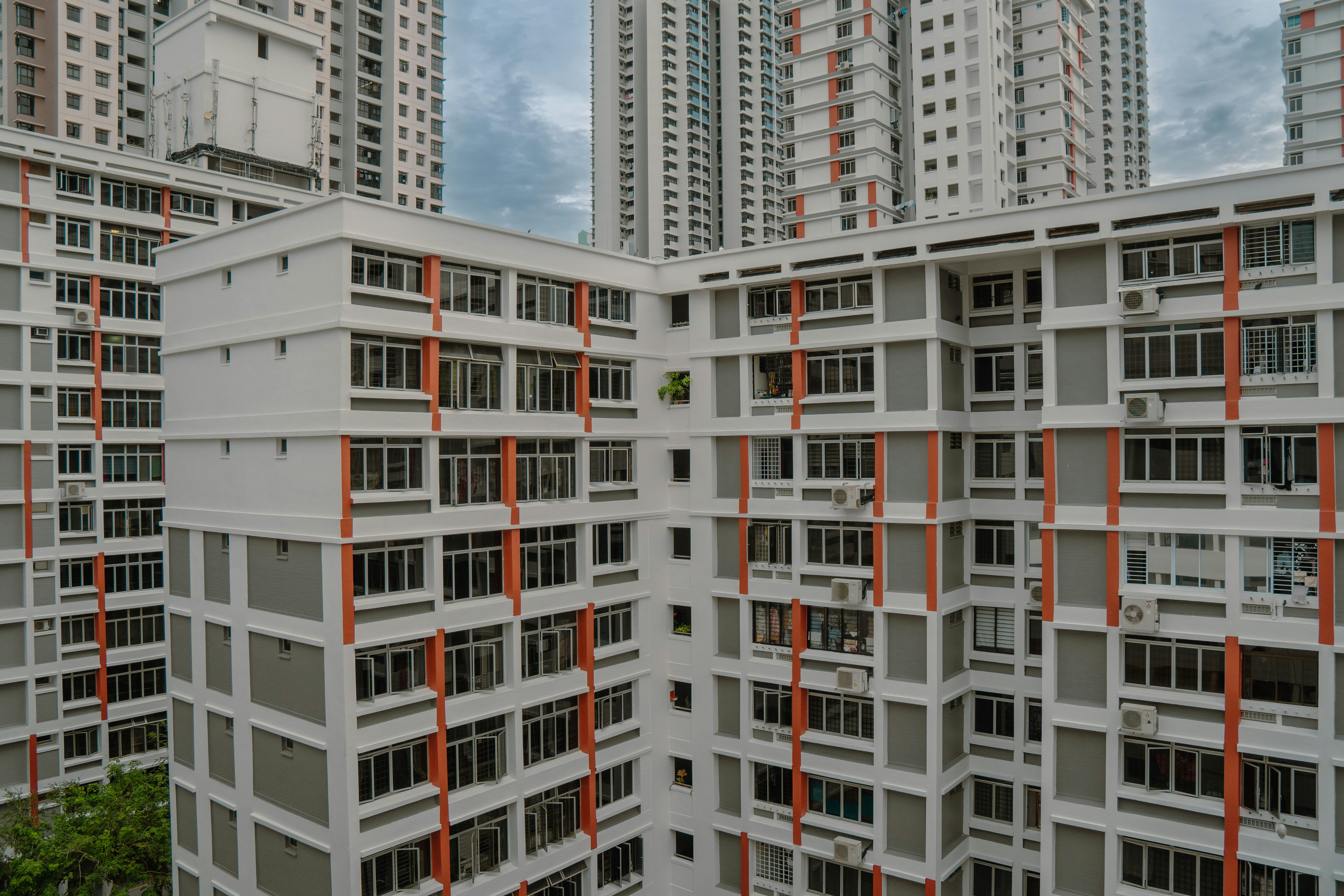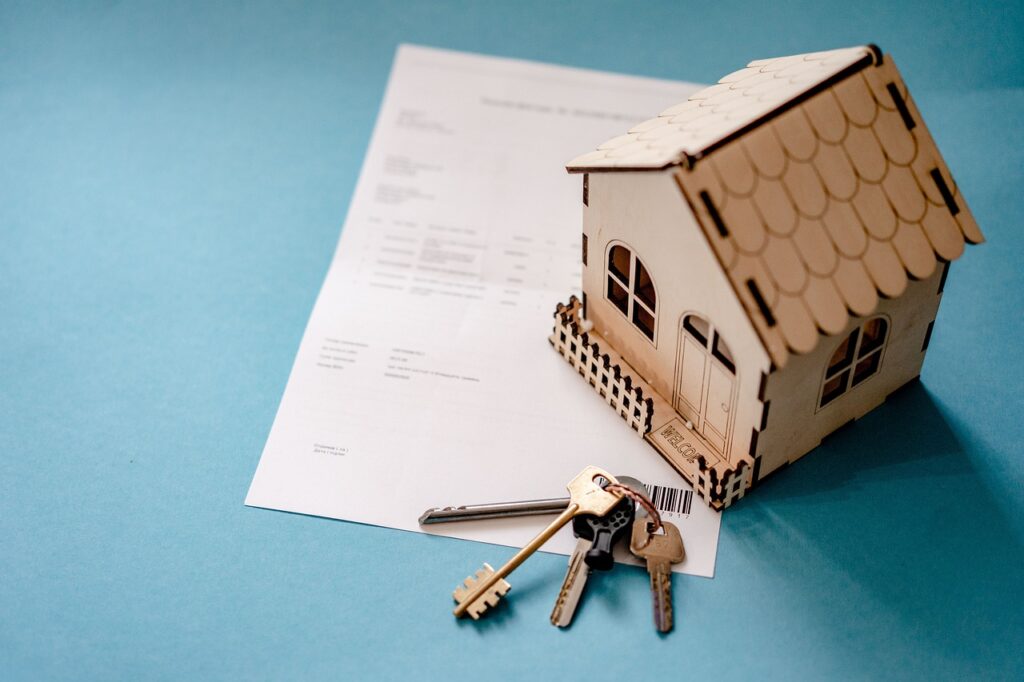Know the Types of Retail Investments
Not all retail properties are built the same. Understanding the main types is step one for any investor, whether you’re new to the game or scaling a portfolio.
Strip malls are the entry level workhorse think a row of stores with shared parking, usually anchored by a small grocer or pharmacy. Fairly affordable and often stable, but tenant turnover can cut into your returns if you don’t pick the right location.
Shopping centers go bigger. They might include multiple anchor tenants, more square footage, and food or service options. These properties tend to attract higher foot traffic but also come with more management complexity and bigger upfront costs.
Standalone stores are single tenant buildings usually housing national brands like fast food spots, drugstores, or banks. Easy to manage if you land a strong, long term tenant with a solid lease, but your upside lives and dies with that one business.
Urban retail means street level space in a city, often mixed use. You’re trading suburban convenience for dense population and foot traffic. Higher stakes, potentially higher returns, and more exposure to neighborhood trends.
Each type can be anchored or unanchored. Anchored properties have big name tenants (like a supermarket) that draw regular crowds. They offer more stability. Unanchored spots carry more risk but can give better returns with the right local mix.
For first time investors, strip malls or a well leased standalone might be the smart play manageable and lower risk. Seasoned investors may chase urban retail or larger centers, where deeper pockets and sharper strategy can really pay off.
Location Is (Still) Everything
Location can make or break a retail investment. Start with foot traffic. It’s not just about headcount it’s about the right kind of traffic. You want steady flow from people who are likely to stop, shop, and return. Think: near transit stops, busy intersections, or walkable downtowns. Visibility matters too. If people can’t see your property or tenants from the street, that’s a problem. Clear signage, corner lots, and unobstructed frontage all add value.
Demographics feed the bigger picture. Look at the people living and working nearby. What’s their income level? Age range? Do their habits align with the types of retail you’re housing or trying to lure in? A yoga studio won’t thrive in the middle of a trucking district. Match the tenant to the locals, and vice versa.
Surrounding businesses can lift your investment or drag it down. Strong, stable neighbors pull in customers and boost the area’s reputation. Clusters of complementary tenants like coffee shops near boutiques or pharmacies near clinics create gravity. On the flip side, too many vacancies or failing stores nearby signal trouble.
And then there’s future value. Some key signs: new infrastructure projects, zoning changes that allow mixed use development, or migration trends bringing in higher earners. You’re not just buying bricks you’re betting on what the neighborhood turns into. Smart investors look for areas on the upswing, not already at the top.
Understand the Lease Structures
Before you buy a retail property, you need to get clear on what kind of lease you’re walking into. It’s not all the same, and the fine print will either protect your cash flow or drain it fast.
Triple net leases (NNN) are the investor’s favorite for a reason. With an NNN lease, tenants cover the property taxes, insurance, and maintenance. That leaves you with mostly passive income once it’s up and running. Easy to plan, low surprises. But note: you’re still responsible for big structural fixes unless spelled out otherwise.
Modified gross leases split the difference. Tenants might cover some operating costs, like utilities or minor maintenance, but you’ll still pay certain expenses. This kind of structure works better when you’ve got flexibility on rent pricing or expect to reposition the property later.
And then there are percentage leases. Here, tenants pay a base rent plus a cut of their sales. It’s common in malls and high traffic retail spots. Riskier for you if tenant sales slump, but the upside can be high when foot traffic is strong and sales are booming.
Before signing off on any deal, dig into the lease terms. Who pays for HVAC fixes? Who handles roofing? How long until it expires, and are there rent escalations built in? If it’s too vague or too tenant friendly, you may be buying someone else’s problem.
Bottom line: lease structure isn’t just paperwork it directly affects your return. Know what you’re signing up for, or bring in someone who does.
Tenant Quality and Mix

When it comes to retail property, who’s renting your space matters just as much as the space itself. National brands offer stability predictable rent checks, long term leases, and built in foot traffic. But they aren’t foolproof. A corporate pullback or bankruptcy can wipe out multiple locations overnight.
On the flip side, local tenants often bring flexibility and stronger community ties. They know their customer base and tend to stick around if the neighborhood supports them. Plus, they bring flavor and uniqueness big chains can’t replicate.
A smart tenant mix balances both. National names anchor the space, draw consistent traffic, and help fill neighboring units. Local businesses fill in the gaps with diversity and resilience. This combination helps spread risk. If one tenant leaves, the impact is contained.
So what makes an ideal tenant mix? Think variety across industries (food, service, boutique retail), different lease lengths, and a mix of established and up and coming brands. Avoid clustering too many of the same type five bubble tea spots in a row don’t help anyone.
It’s not just about collecting rent it’s about creating synergy between tenants. That’s what keeps foot traffic flowing and vacancies low.
Analyzing Market Trends
Understanding market trends is critical before investing in any retail property. As consumer behavior evolves, retail spaces must adapt to remain viable and profitable. Knowing where the demand is headed and what it might look like in the next few years can be the difference between a stable long term investment and a costly misstep.
The E Commerce vs. Experience Equation
Online shopping continues to reshape the retail landscape, but brick and mortar isn’t obsolete it’s adapting. Successful retail properties now emphasize experience over inventory.
E commerce has made transactional shopping more convenient reducing the need for traditional storefronts
Experiential retail is on the rise gyms, salons, entertainment venues, and boutique eateries attract in person foot traffic
Retailers that blend online and offline strategies (like buy online, pick up in store) are thriving and influencing site selection
The Rise of Hybrid Shopping Behaviors
Today’s consumers want both digital flexibility and physical engagement. Retail properties that accommodate this dual approach are better positioned for the future.
Retailers may use stores as mini warehouses or fulfillment centers
Spaces that offer tech integration like smart fitting rooms or contactless checkout are in higher demand
Landlords who can market to digitally savvy tenants gain an edge
Spotting an Overheated or Undervalued Market
Knowing when to buy or hold back is half the battle. Watch for these key indicators:
Signs a Market May Be Overheated:
Rapid price increases outpacing local economic growth
High tenant turnover despite strong leasing activity
Overdevelopment of the same retail type in a small area
Signs a Market May Be Undervalued or Prime for Growth:
Steady population growth and infrastructure investments
Emerging trends like mixed use zoning or urban revitalization projects
Vacancy rates declining while lease rates rise modestly
Smart investors look beyond surface level stats. Dig into the context, follow regional economic drivers, and match your investment strategy to where the market is going not where it’s been.
Risk Factors to Watch
Retail real estate can be profitable, but it’s not bulletproof. Start with vacancies high turnover eats into returns fast. One empty unit can drag down your whole rent roll, and replacing tenants isn’t instant. Look at historical occupancy rates before you buy. If a property’s been a revolving door, there’s usually a reason.
Zoning changes are another wildcard. Neighborhood upzoning might sound great, but it can also bring big box competition or shift foot traffic away from your block. Keep an eye on city plans and community board meetings. These often signal changes long before they happen.
Maintenance is where unsuspecting investors can bleed cash. Older roofs, plumbing, or HVAC systems mean bigger capital expenditure (CapEx) surprises. Do a thorough property inspection and build a realistic reserve fund. Don’t trust pro forma spreadsheets dig into actual maintenance logs.
Finally, prepare for slowdowns. When the economy dips, local retailers feel it first and they’re usually your tenants. Have a cushion built into your finances. Look for tenants with staying power. And be ready to renegotiate creatively if it keeps your space occupied long term.
Retail can reward smart, prepared investors. But the margin for error shrinks fast when risk factors pile up.
Do Your Due Diligence
Before you sign anything, do the math. Run a full financial model factoring in purchase price, operating costs, projected rental income, vacancy risks, and different exit strategies. Don’t guess model best case, base case, and worst case scenarios. That spreadsheet will either greenlight the deal or save you from a bad one.
Next, look past the surface. Inspect the property fully. Not just aesthetics check structural integrity, HVAC, roof, plumbing, electrical, and accessibility compliance. Review lease history for gaps, tenant defaults, and overall stability. Measure foot traffic if it’s retail heavy. Know how the space performs in real life, not just on paper.
Lastly, lean on people who know the local scene. A sharp commercial broker can spot red flags, a seasoned property manager can break down operating costs, and a good contractor can give real numbers on renovations. Investing alone increases your risk. Build a team it makes the learning curve less painful and your chances of success higher.
Invest for the Long Game
Retail real estate isn’t about fast wins it’s a long haul effort. The real value comes from what you do after the purchase. Well planned tenant improvements, structural upgrades, and hands on property management all add up over time. A freshly renovated facade, energy efficient systems, or stable anchor tenants can increase both rental rates and overall property value.
Short term ROI might look tempting, but the real returns favor patience. Focus on scalability and reliable income instead of quick gains that may cost more in downtime or frequent tenant turnover. Smart investors play the long game: fewer surprises, better margins, and a portfolio that compounds its worth.
For more on how to think long term and reduce risk in your strategy, check out our guide on investing wisely.

 Leila Hamilton played a key role in shaping Mode Key Homes, contributing her expertise in real estate trends and sustainable housing. Her dedication to delivering insightful content ensures that homeowners, investors, and industry professionals stay informed about market developments and innovative property solutions.
Leila Hamilton played a key role in shaping Mode Key Homes, contributing her expertise in real estate trends and sustainable housing. Her dedication to delivering insightful content ensures that homeowners, investors, and industry professionals stay informed about market developments and innovative property solutions.